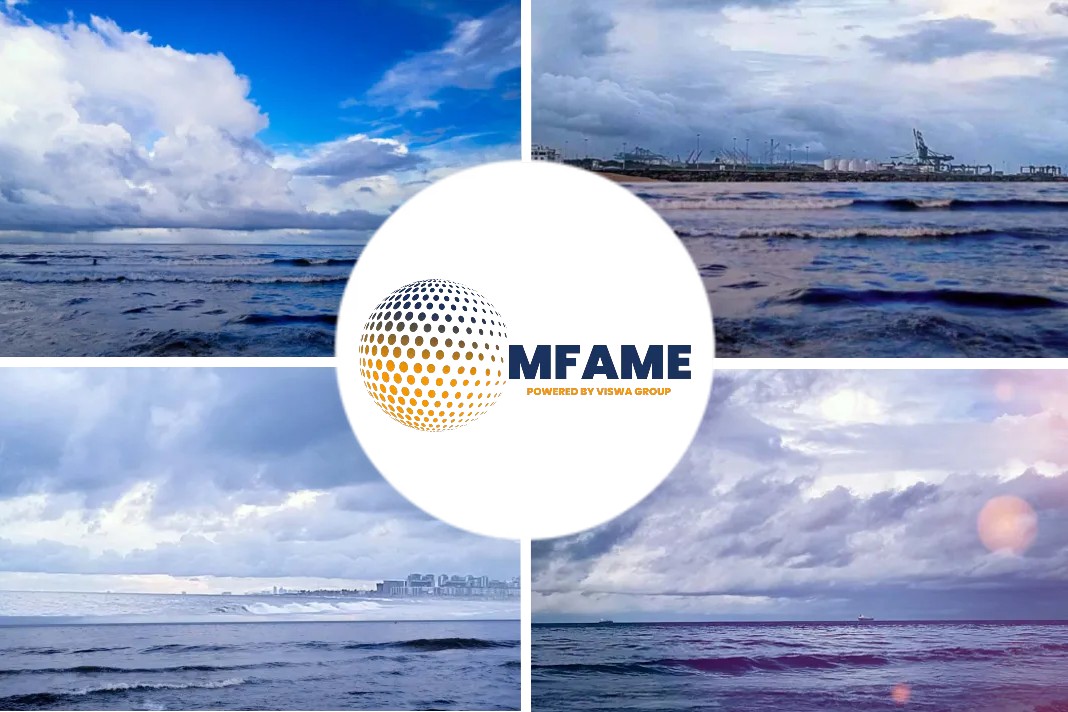Tanker market could face downward pressure in 2017 says leading ship owner
The tanker market has always been a “tough nut to crack”, with its ever so increasing variables affecting its course, but right now, things are more complicated than ever, as oil prices, one the market’s main directional pointers are more unpredictable than ever. In its latest market update, leading tanker owner Frontline noted that “while capacity additions to the global tanker fleet are expected to put pressure on rates over the next 12 months, the company maintains a positive long term outlook on the tanker market. The company believes that the market will begin to tighten in 2018 as the delivery of newbuilding vessels abates and vessels are retired from the global fleet.”
Frontline says that “we expect vessel scrapping to begin to pick up as we progress through 2017, particularly in light of the implementation of the ballast water treatment convention later this year. Some vessels may also be dry docked ahead of the implementation date of the convention in order to defer the cost of compliance. This may have the effect of temporarily removing supply from the market. Importantly, demand for crude oil continues to increase, and the US Energy Information Agency has forecasted average demand growth of approximately 1.57mb/day per year through 2018. Should the OPEC and non-OPEC production caps remain in force, we expect trade routes to continue to trend towards long haul voyages from the Atlantic basin to Asia. Any such scenario will develop over time, and we are cautious in the near term”.
It went on to note that “all factors considered Frontline believes the tanker market will begin to balance as vessels are absorbed into the global fleet and older vessels retire from trading. In the meantime, the Company expects that periods of market weakness will inevitably create attractive opportunities to acquire assets at historically low prices. During 2016 we have experienced a sharp decline in asset values and the board believes there are several attractive growth opportunities in today’s markets. These opportunities include buying vessels on the water, newbuild/resales as well as buying shares and companies”, the shipowner concluded.
Meanwhile, in a separate report, shipbroker Intermodal had noted that the oil market is a big unknown at the moment. According to Intermodal, “as far as the performance of the crude oil price is concerned, the signals we are getting are so far mixed, with discouraging fundamentals and optimistic headlines equally affecting prices. Both OPEC and Non-OPEC countries have agreed a production cut as a way to deal with the global oil glut and low prices, which resulted in the Brent blend rallying from $46/bbl to a peak of $57/bbl on 6th January, while it’s currently trading around $55/bbl. So far, so good for the big boys of oil but what about the long-term sustainability of these higher price levels?”, wondered the shipbroker.
According to Konstantinos Kakavitsas, Tanker Chartering with Intermodal, “Russia’s production reached record highs in December and the second-biggest oil producer seemed very happy at this year’s World Economic Forum not only due to their large oil-driven revenues so far, but also due to positive expectations deriving from the new US president who suggests to ease or even remove sanctions imposed on Russia. Even though Russia’s production plays a significant role, the bigger determinant leading to the persistence of the glut could be US shale oil producers. With notably more operating costs and thus a higher breakeven than other oil extractors, most of shale drillers had shut-down production during lower prices only to come back into profitable business at current levels. Finally, taking into consideration the fact that the US dollar has strengthened, hitting a 14-year high during December, pressure for lower price levels grow stronger”.
Kakavitsas added that “keeping this insight melodic, you might recall the lyrics of another popular song of the 90s; “Hello, hello, hello, how low?”. Could this be the tune for the tanker market in 2017? The dominant common factor for both the dirty and clean market is the large number of newbuilding deliveries that could potentially lead to lower freight rates. Saying that, as in the short-run tonnage supply will not significantly change; demand is expected to primarily drive the market in the following months. In the dirty sector, lower oil prices may drive demand for ships higher however; those already excessive inventories could be an obstacle to such rally. The outlook for product tankers falls no further from the mixed-signal environment the dirty market operates in, with the LR market seeing a record-high in vessel deliveries. Greater diversification with respect to trade routes and cargoes, especially in the MR market allow for wider range projections; still forecasts for demand growth for petroleum products making any prediction for the freight market challenging”, he concluded.
Did you subscribe for our daily newsletter?
It’s Free! Click here to Subscribe!
Source: Frontline


















